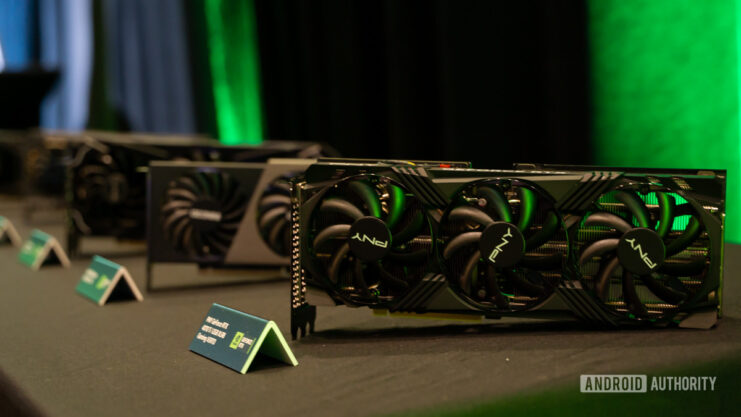Nvidia Reflex represents a groundbreaking advancement in gaming technology, specifically designed to tackle the perennial challenge of system latency. This suite of GPU, G-Sync display, and software technologies is meticulously engineered to reduce system latency in gaming environments.
The core objective of Nvidia Reflex is to enhance the interaction between the PC and its peripherals, particularly the gaming mouse and keyboard. By doing so, it significantly improves gameplay responsiveness, a critical factor in competitive gaming scenarios.
This wide compatibility ensures that a broad spectrum of gamers can experience enhanced gameplay without the need for the latest hardware. This process ensures that the actions a player takes via their peripherals are translated into in-game movements and reactions with minimal delay, providing a smoother and more immersive gaming experience.
How Nvidia Reflex Works
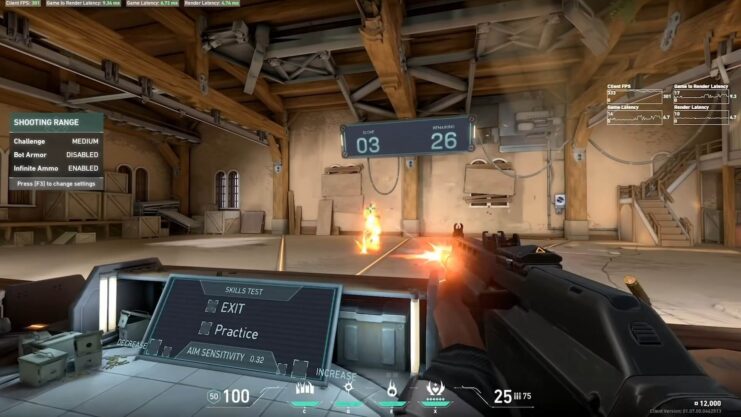
The effectiveness of Nvidia Reflex in enhancing gaming performance lies in its sophisticated approach to reducing system latency.
By focusing on the various stages of latency within a gaming setup, Reflex provides a comprehensive solution to the latency problem.
The technology addresses five key areas:
- Peripheral: This refers to the time taken for a gaming mouse or keyboard to process the user’s input and send it to the PC.
- Game: This aspect deals with the time required for the CPU to process the input or changes in the game world and submit a new frame to the GPU for rendering.
- Render: Once a frame is queued for rendering, render latency is the time it takes for the GPU to completely process this frame.
- PC: This encompasses the overall time a frame takes to travel through the entire PC system. It includes both game and render latency.
- Display: Finally, display latency is the time it takes for the display to present the new image after the GPU has finished rendering the frame.
Enabling Nvidia Reflex
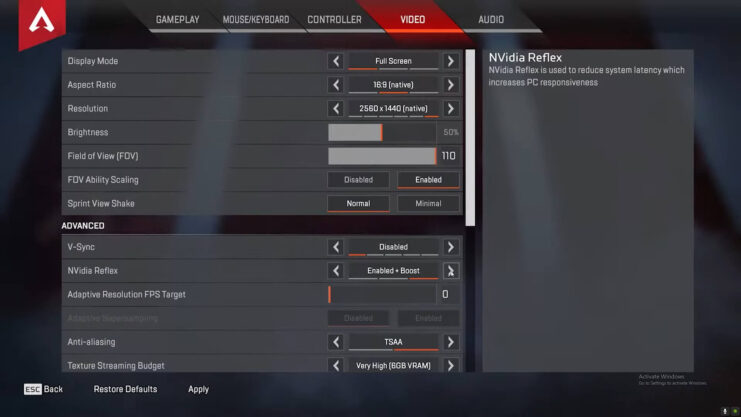
Activating Nvidia Reflex is a straightforward process, accessible directly within the graphics settings of individual games. This ease of activation is a testament to Nvidia’s commitment to enhancing the gaming experience without complicating the setup process.
Each game may have a slightly different method of enabling Reflex, but it is generally found in the options or game settings menu. For instance, in a game like Apex Legends, players can navigate to the settings menu and find the option to enable Nvidia Reflex under the video or advanced settings.
The inclusion of Reflex in a game’s settings menu signifies the collaboration between Nvidia and game developers, ensuring that the technology is seamlessly integrated into the gaming experience. Some games also offer an additional feature called Nvidia Reflex+Boost.
This option, when enabled, can further improve GPU performance, thereby reducing latency even more. Reflex+Boost is particularly useful in CPU-intensive games, where it helps to prevent potential bottlenecks that could affect gameplay responsiveness.
The ability to enable Nvidia Reflex and potentially Reflex+Boost within a game’s settings provides players with a simple yet powerful tool to enhance their gaming experience. By reducing system latency, players can enjoy a more responsive and immersive gameplay experience, especially in fast-paced and competitive gaming scenarios.
It is important to note that it helps eSports professionals by significantly improving response time.
Optimizing Performance
The introduction of Nvidia Reflex has revolutionized the way gamers approach performance optimization. While it significantly reduces system latency, understanding and utilizing additional settings and techniques can further enhance the gaming experience.
Here are key strategies to optimize performance in conjunction:
Adjusting Polling Rates
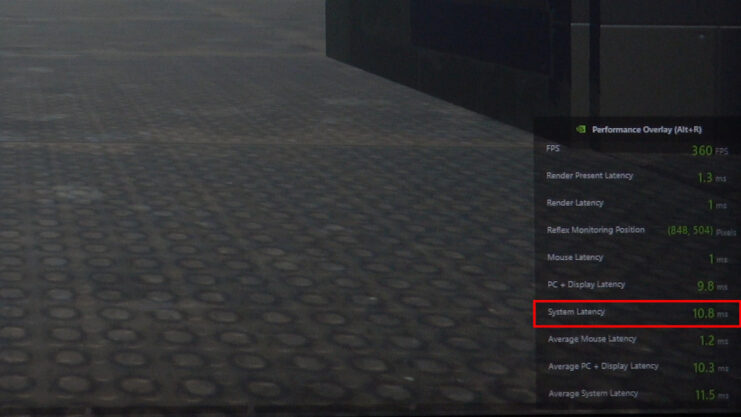
Modern gaming peripherals, like high-end mice and keyboards, often allow users to adjust their polling rates. A higher polling rate means faster data transmission from the device to the PC, reducing latency.
For instance, a 1000Hz polling rate translates to a latency of around 1 ms. Some advanced mice, like Razer’s Viper 8K, offer even higher rates, further minimizing latency.
Exclusive Fullscreen Mode
Playing games in windowed mode can introduce additional latency. Switching to Exclusive Fullscreen mode can mitigate this issue, ensuring that the game has full control over the display output, which can improve performance and reduce latency.
Disabling VSync
VSync is often used to reduce screen tearing, but it can also introduce input lag. Disabling VSync can lead to higher frame rates and lower latency, which is crucial for fast-paced games where every millisecond counts.
Hardware Acceleration and Game Mode
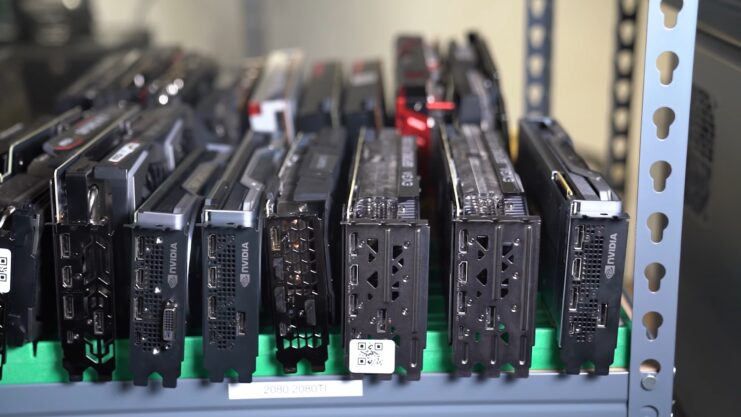
For Windows users, activating hardware-accelerated GPU scheduling and Game Mode can optimize system resources for gaming, potentially reducing latency and improving overall performance.
Maximizing Refresh Rate
Ensuring that your display is operating at its maximum refresh rate can reduce latency. This is particularly important for gamers with high-refresh-rate monitors, as running at sub-optimal refresh rates can negate the benefits of these displays.
G-Sync and Adaptive Sync Technologies
For those with compatible monitors, enabling G-Sync or Adaptive Sync can synchronize the display’s refresh rate with the GPU’s output, reducing screen tearing and potentially lowering latency.
Benefits Across Various GPUs
One of the most remarkable aspects of Nvidia Reflex is its compatibility across a wide range of Nvidia GPUs, extending its benefits to a broad spectrum of gamers. This compatibility ensures that the advantages are not just confined to those with the latest hardware but are accessible to a larger gaming community.
Here’s how Reflex benefits various GPUs:
| Feature | Description | Impact |
|---|---|---|
| Wide Range of Compatible GPUs | Supports GPUs from the GeForce GTX 900 series onwards. | Enables older GPU users to improve responsiveness. |
| Performance Gains on Older GPUs | Improves responsiveness on older GPUs. | Enhances performance in models like GTX 1660 Super. |
| Enhanced Responsiveness on Advanced GPUs | Leverages newer GPUs like the RTX 30-series. | Reduces latency, boosts gameplay smoothness. |
| Beneficial for Various Gaming Resolutions | Effective latency reduction at high resolutions. | High-res gamers enjoy smoother play. |
| Continuous Support and Updates | Ongoing Reflex support and updates. | Broadens Reflex benefits across GPU ranges. |
Supported Games and Continuous Updates
Nvidia Reflex’s effectiveness is not just limited to its technological prowess but also to its wide adoption in the gaming industry. As of now, over 70 games support Nvidia Reflex in some capacity.
This support comes in various forms, including providing latency stats, integrating the auto-configured analyzer, or incorporating the Low Latency mode. The diversity in the level of support across different games showcases Nvidia’s flexibility and adaptability in catering to different gaming needs and setups.
The list of supported games includes popular titles like Apex Legends, Valorant, Call of Duty series, Fortnite, and many others. These games span a range of genres but are particularly prominent in the first-person shooter category, where the reduction provides a significant competitive advantage.
Nvidia’s commitment to expanding Reflex’s support is evident in the continuous addition of new titles to the list. Gamers are encouraged to regularly check Nvidia’s website for the latest releases and updates. This growing list of supported games is a clear indication of the gaming community’s recognition of the benefits that it brings.
By continuously expanding its reach, Nvidia ensures that more gamers can experience reduced system latency, leading to improved responsiveness and a more enjoyable gaming experience.
Reflex SDK and Reflex Latency Analyzer
Nvidia Reflex is not just a standalone technology; it comprises two primary components that work in tandem to optimize gaming performance: the SDK and the Latency Analyzer.
SDK
This is a set of APIs provided to game developers, enabling them to integrate Reflex technology directly into their games. The SDK is designed to reduce and measure rendering latency, offering developers a powerful tool to enhance the gaming experience.
By using the Reflex SDK, developers can implement latency reductions that go beyond traditional driver-only techniques, such as Nvidia’s Ultra Low Latency Mode. This integration is crucial for achieving the lowest possible system latency in games.
Latency Analyzer
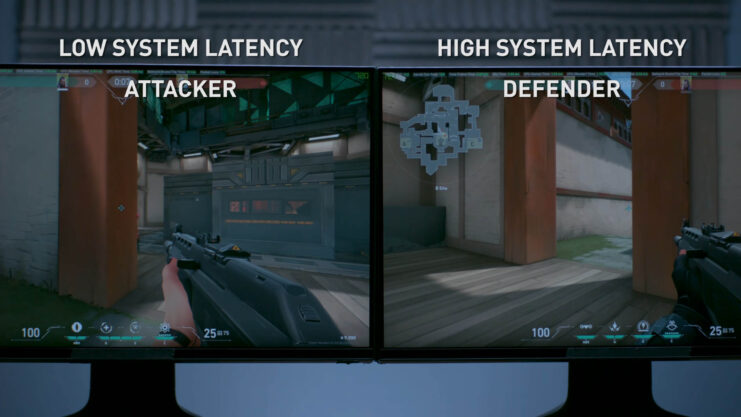
This component is a system latency measurement tool, a crucial aspect for gamers who are keen on optimizing their setup for the best performance.
The Reflex Latency Analyzer is available on select 360Hz G-Sync Esports displays from brands like Acer, Alienware, Asus, and MSI. It also works with esports peripherals from Asus, Logitech, Razer, and SteelSeries.
The technology can detect clicks from the mouse and measure the time it takes for the resulting pixels to change on the screen, providing real-time feedback on system latency. Together, these components offer a comprehensive solution for reducing system latency.
While the Reflex SDK allows game developers to optimize their games for lower latency, it gives players the ability to measure and understand the impact of their hardware and settings on in-game responsiveness.
FAQs
Should I enable NVIDIA Reflex?
Yes, if you play fast-paced or competitive games. NVIDIA Reflex reduces system latency, making your gameplay more responsive.
What is NVIDIA Reflex vs Boost?
NVIDIA Reflex optimizes system latency. Reflex Boost further reduces latency by keeping the GPU clock speed high, especially in CPU-bound scenarios.
Is NVIDIA Reflex free?
Yes, NVIDIA Reflex is a free feature included in compatible games and available to users with supported NVIDIA GPUs.
Does NVIDIA Reflex increase FPS?
Not directly. Reflex focuses on reducing latency rather than increasing FPS. However, smoother gameplay can be perceived as a performance improvement.
Is NVIDIA Reflex only for RTX?
No, NVIDIA Reflex supports a wide range of NVIDIA GPUs, including the GTX 900 series and newer, not just RTX models.
Closing Thoughts
Nvidia Reflex represents a significant leap forward in gaming technology, addressing one of the most critical aspects of the gaming experience: system latency.
By reducing input lag and optimizing the interaction between the PC, display, and peripherals, Reflex has redefined what gamers can expect in terms of responsiveness and immersion.
The technology’s impact extends beyond individual gaming setups; it influences the entire gaming industry.

